Background
I first arrived in San Salvador in 1991 as a humanitarian during the civil war. San Salvador served as a centre for Spain until its independence in 1821. Its history has endured many challenges, including devastating earthquakes, political upheaval, and periods of intense violence.
Amidst the visible conflict, I fell in love with this crazy capital. The war pitted the Farabundo Martí National Liberation Front (FMLN) against the government and military forces. Horrific human rights abuses and civilian disappearances characterised this war. I narrowly escaped my death in this city, a chilling reminder of the war’s violence. While I was able to leave with a good travel story, almost 180,000 people didn’t survive that horrific conflict.
Civil War Hostilities officially concluded in 1992 with the signing of the Chapultepec Peace Accords, ushering in a new era for El Salvador. On that day, we danced in the streets! This makes it a tough city to shake out of my system.
I have not returned to the city I loved and almost died in for over thirty years. My 1993 departure had been marked by a profoundly enthusiastic local Christian praying over me in the airport lounge when he learned about my humanitarian work in his country.
In March 2022, the government launched a ‘War Against the Gangs,’ arresting 83,000 individuals. This reduced the homicide rate to a historic low of 114 homicides in all of 2024 from 15,000 in 2017. San Salvador is now considered safe, a shift that has been hugely popular among residents. The suspension of legal processes for gang members has drawn considerable criticism.
I wasn’t sure what awaited me on my return.
My Overall Rating: 77%
My Ranking out of my top 247 visited Cities: 132nd place
Global Ranking:
Numbeo’s Quality of Life Index, gives a score of 77.72, (moderate quality of life),
U.S. News & World Report ranks El Salvador 79th overall with a Quality of Life score of 2.9/10,
Social Progress Index places the country 99th out of 169 nations
Why it should be visited: San Salvador offers a rich historical and cultural experience, from its vibrant plazas to the stories of resilience and hope surrounding the civil war and the legacy of Archbishop Oscar Romero. The locals are delightful and warm
Negatives: Ongoing issues with crime, pollution, and poverty. Infrastructure is still developing, and certain areas still have safety concerns.
Would I return?: Yes, but with caution. The city’s history and cultural significance are fascinating, though I would take extra precautions regarding safety.
Getting There:
- By Air: The El Salvador International Airport (SAL) is the main gateway. Non-stop flights operate to Atlanta, Dallas, LAX, Miami, and DC in the USA, plus Guatemala, Medellin, Mexcio, Panama, and San Jose. There is one route to Europe with Iberia to Madrid which I flew! The airport is there, taxis and ride-sharing services like Uber are readily available.
- By Bus: Long-distance buses connect San Salvador to neighbouring cities and countries. The Tica Bus Terminal is a major hub.
- There are no long-distance trains services through Central America
Getting Around
- Uber: I found Uber a God send. Cheap, fast and friendly, it’s a convenient and safe way to navigate, especially for travellers unfamiliar with local public transportation.
- Public Buses: San Salvador has an extensive bus network. While it may be a bit challenging for non-Spanish speakers, it’s an affordable mode of transportation.
- Walking: Many attractions are within walking distance in the city centre. Walking allows you to soak in the local atmosphere and discover hidden gems.
My Top 20 Suggestions
1. Metropolitan Cathedral of the Holy Saviour (Catedral Metropolitana) built between 1951 and 1999.
In 1977, Romero became Archbishop of San Salvador and declared that the Church’s funds would not be used for cathedral building but for the poor. It became the site of violent public protests. it was the site of Romero’s funeral in 1980, where 40 people died after allegedly being shot by government forces. The Pope prayed before Romero’s tomb during his 1983 and 1996 visits. In 1992, during the signing of the Peace Accords, the cathedral’s façade was draped with images of Romero and other key figures. In 2011, in an act of vandalism, the then Archbishop of San Salvador removed a 2,700 tiles mural façade of the cathedral, installed in 1999 to honour Romero.
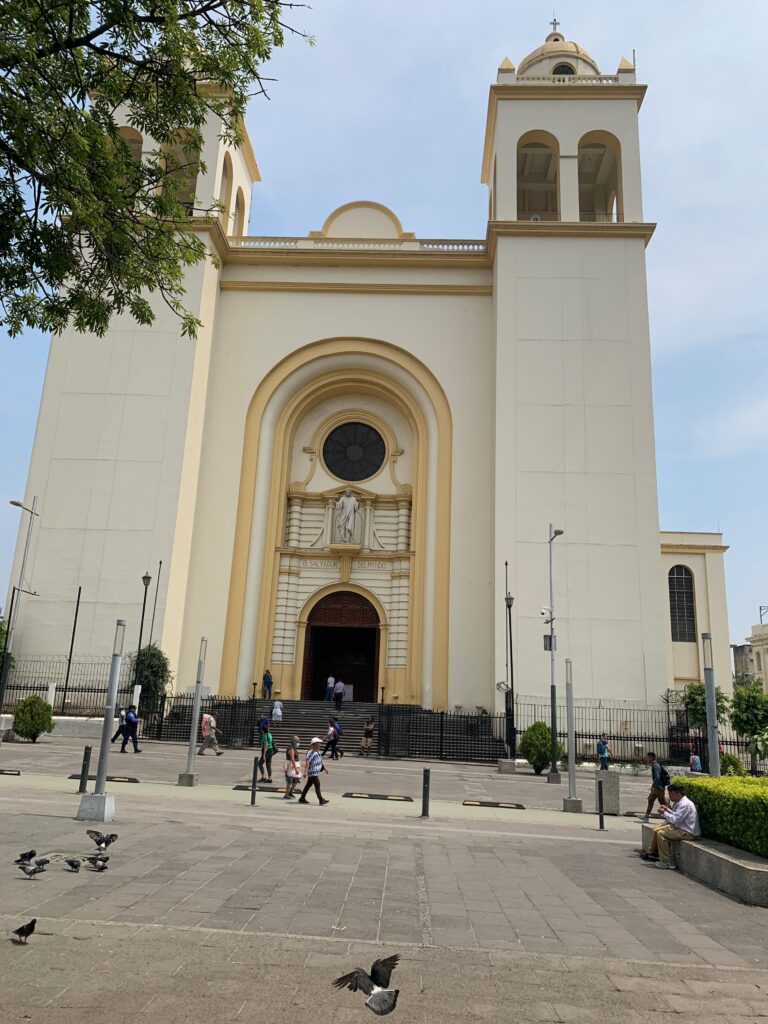
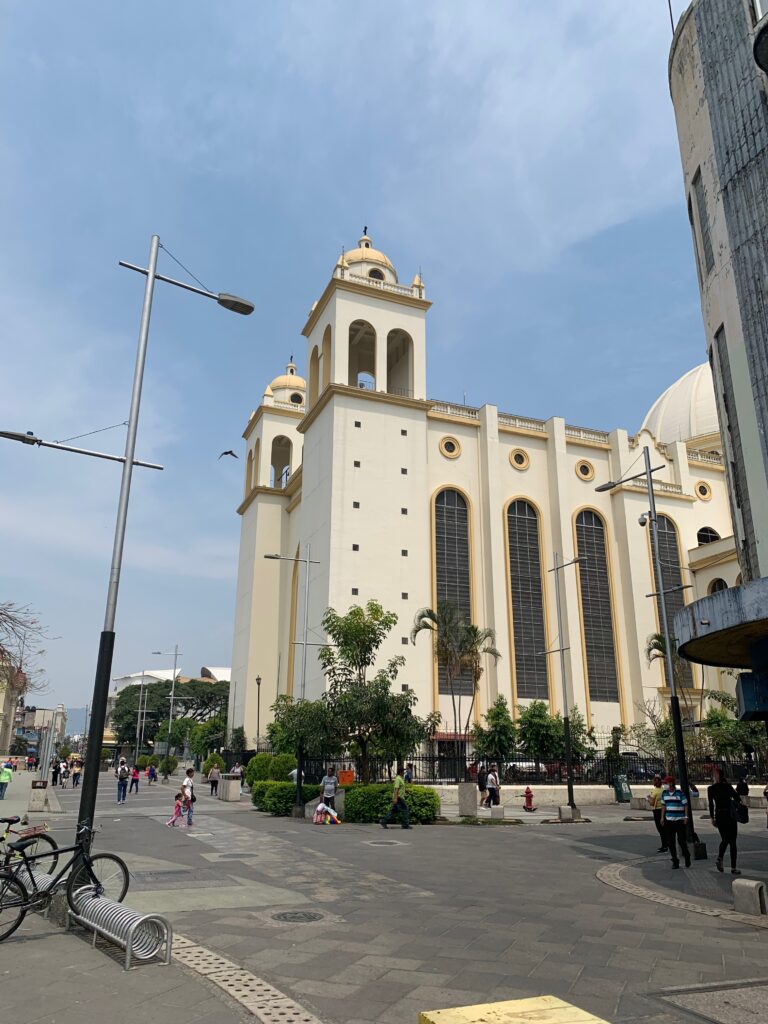
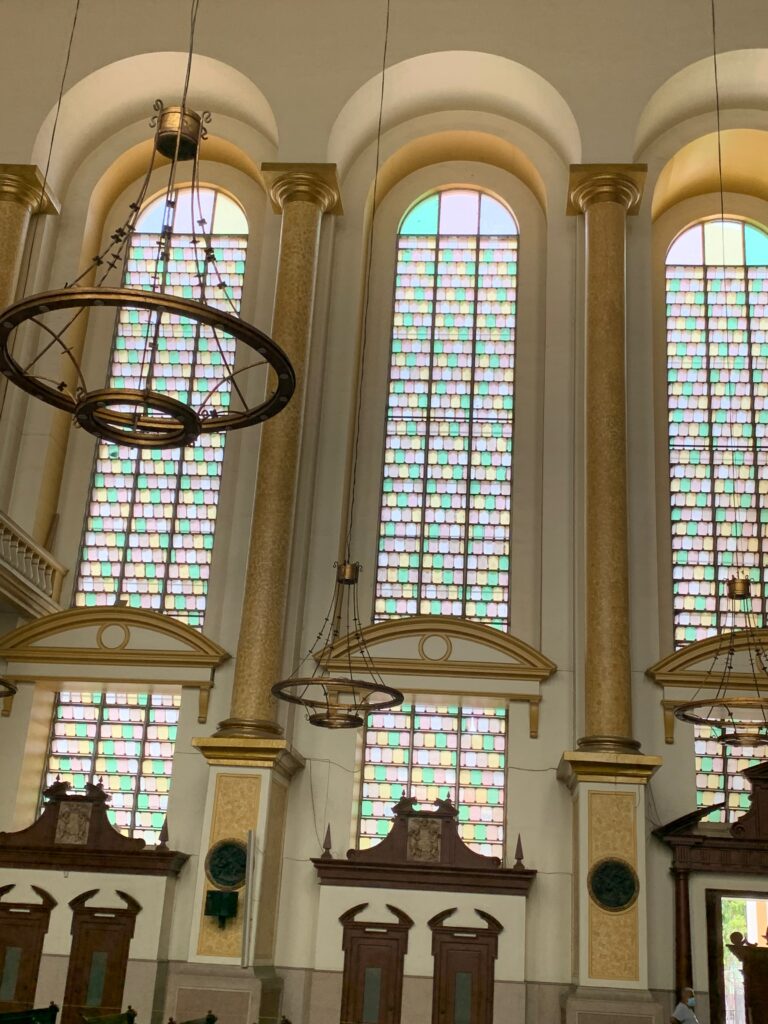
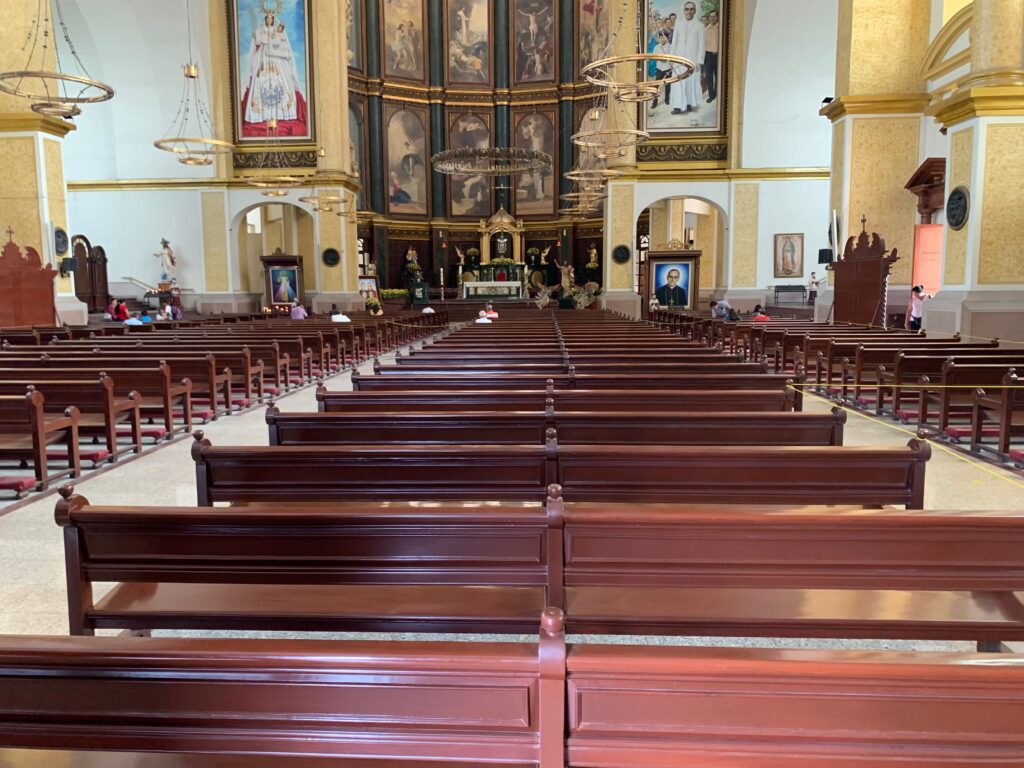
2. . Plaza Gerardo Barrios (Plaza Cívica)–Downtown
Every visit must include the very heart of San Salvador at this plaza, named after President Barrios, who was killed by firing squad in 1863. Today, the city pulses with life here, serving as the site of many demonstrations, political rallies, church services, and parades. Downtown San Salvador currently has no significant high-rise buildings as its financial centre is located northwest of the city., at the periphery.
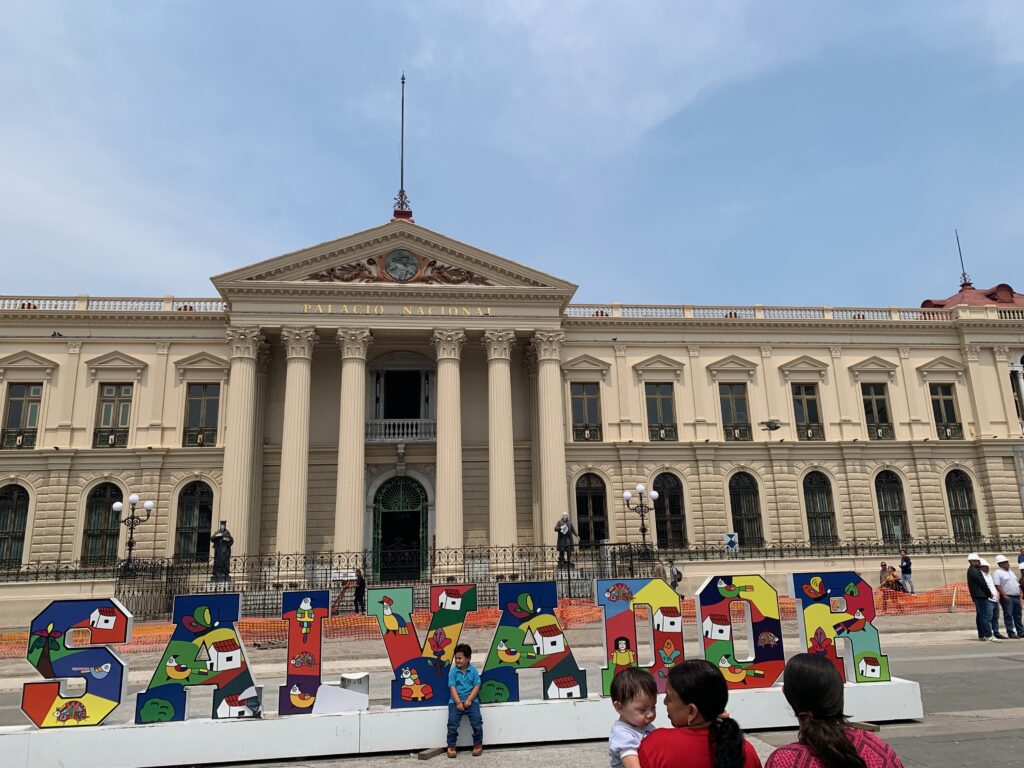
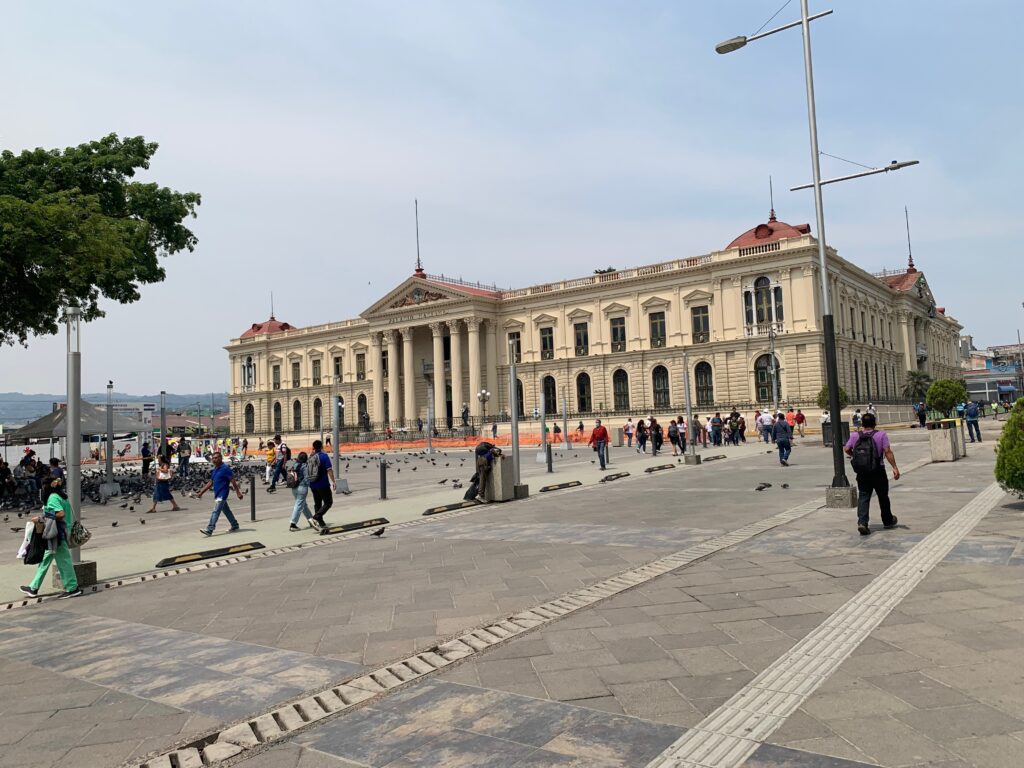
3. National Palace (Palacio Nacional), When I first saw the 101 room neoclassical white palace in 1991, it was boarded up with broken windows from the war. Today, it is open to the public, offering tours of its Red, Yellow, Pink, and Blue Rooms, each with a rich history and its greenery-filled courtyard.
4. Church of El Rosario. Inaugurated in 1971, this architectural marvel of a church building is one of my favourites worldwide. Designed by sculptor Ruben Martinez, the grey concrete exterior hides an arched roof and a rainbow of natural light rushing across the altar and bouncing off the metal and rock. Martinez’s design for the church features a ceramic mural façade, about Salvadoran identity and religious iconography. Padre Delgado, “father” of Central American independence, is buried here.
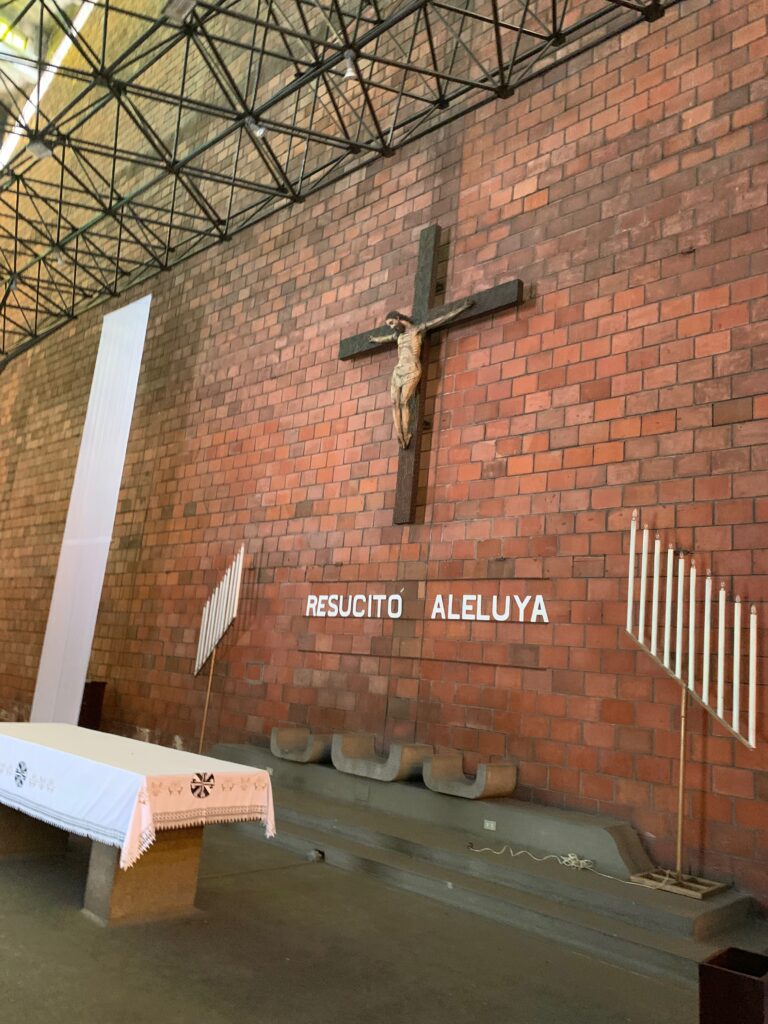
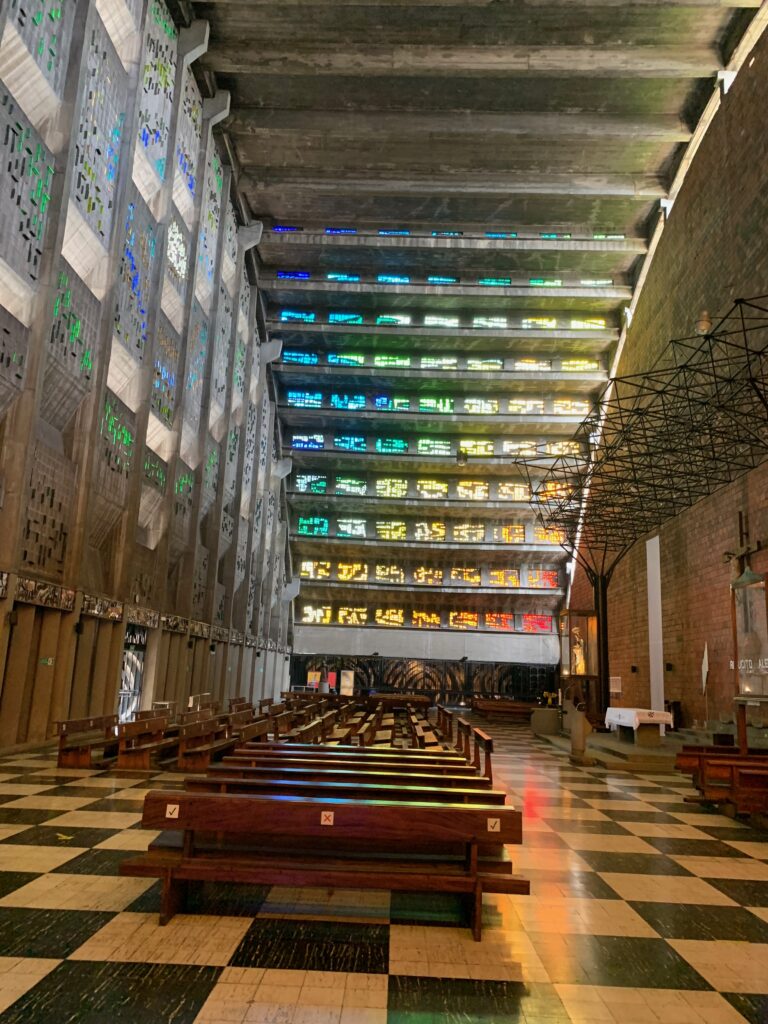
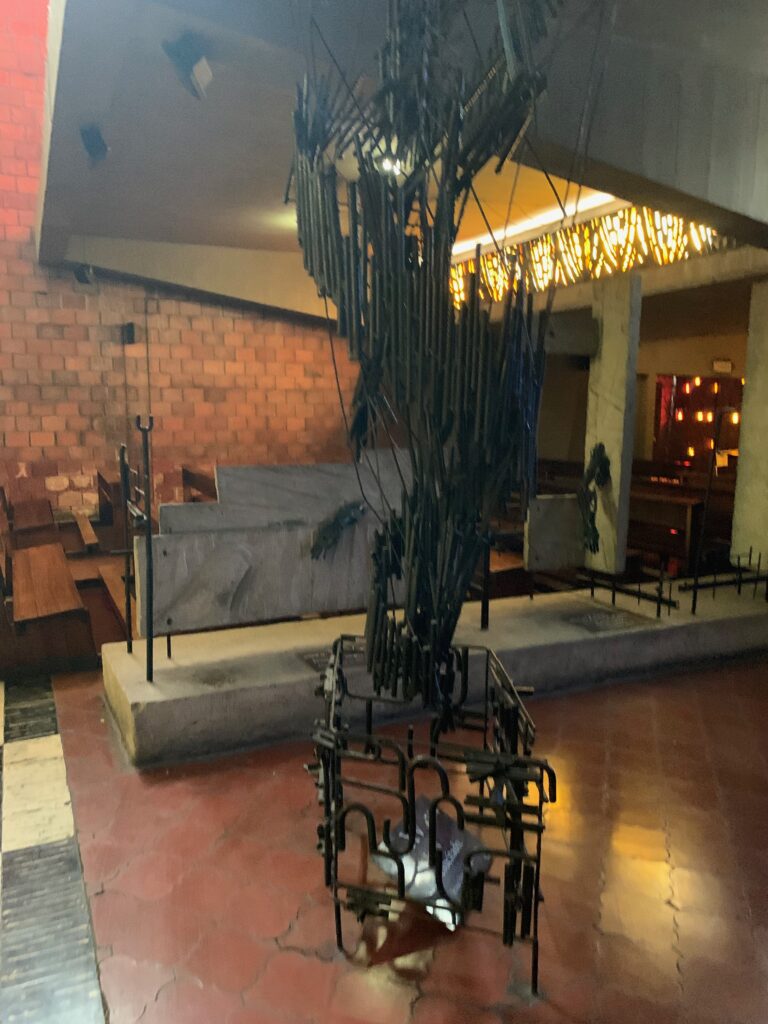
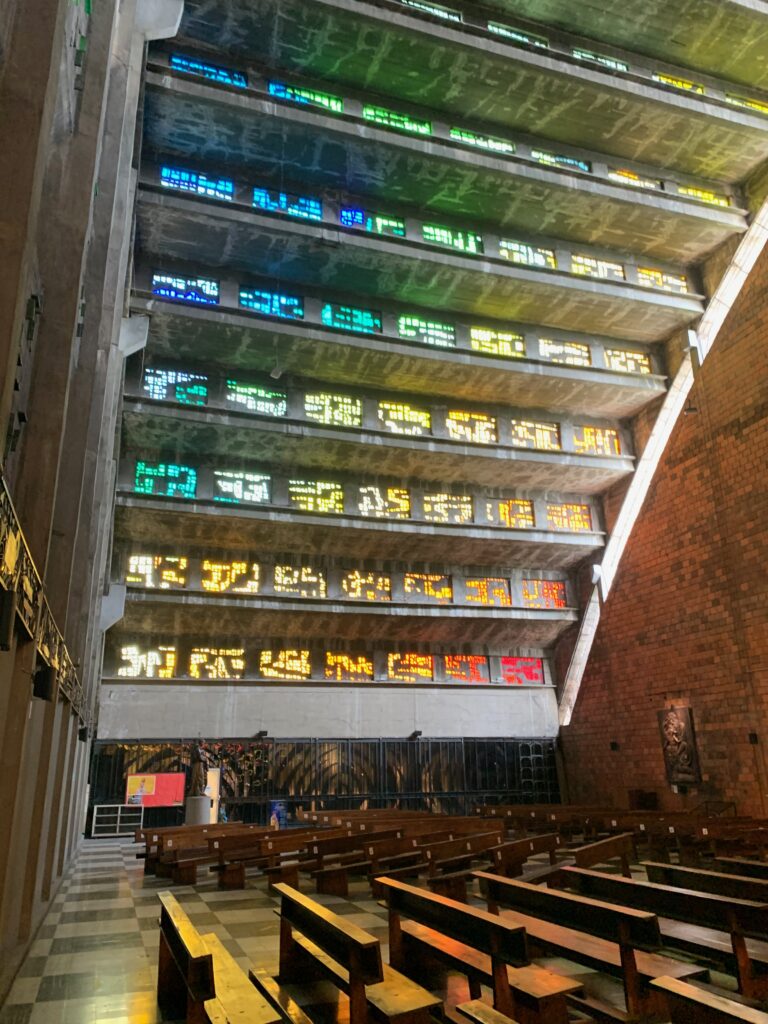
5. Plaza Libertad, was the original core of the 1545 city, guarded by a statue of the Angel of Liberty.
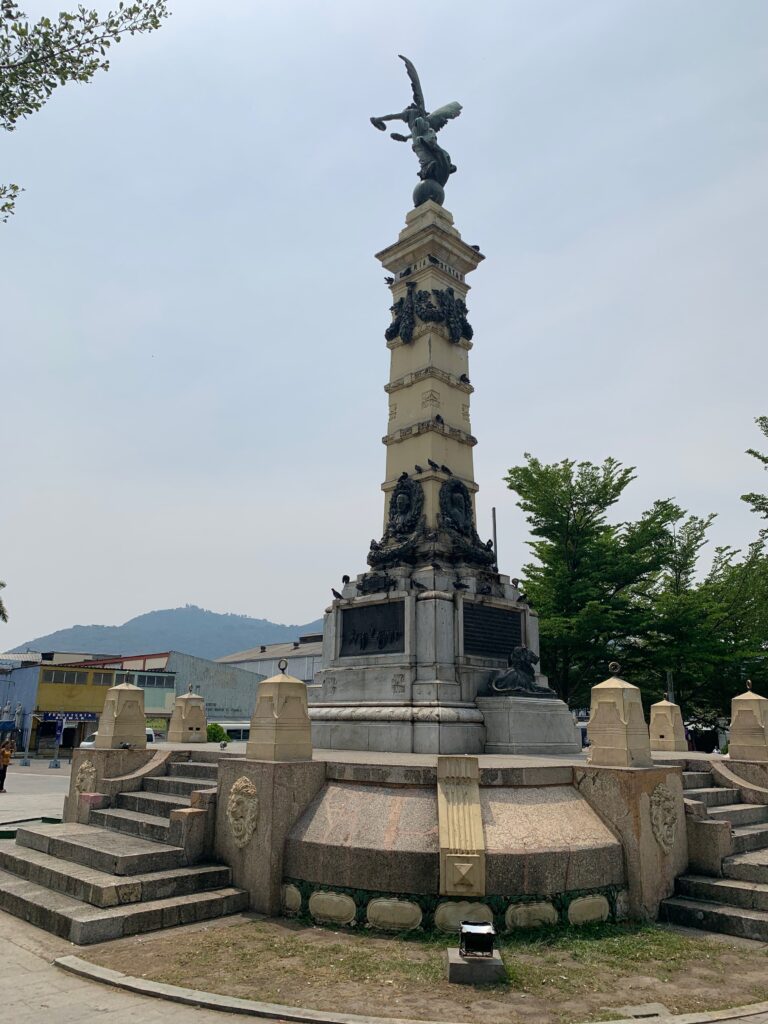
6. Teatro Nacional de El Salvador on Morazán Plaza. Built in 1917 in the French Renaissance style. It was restored in 1976. Performances take place and there are regular tours.
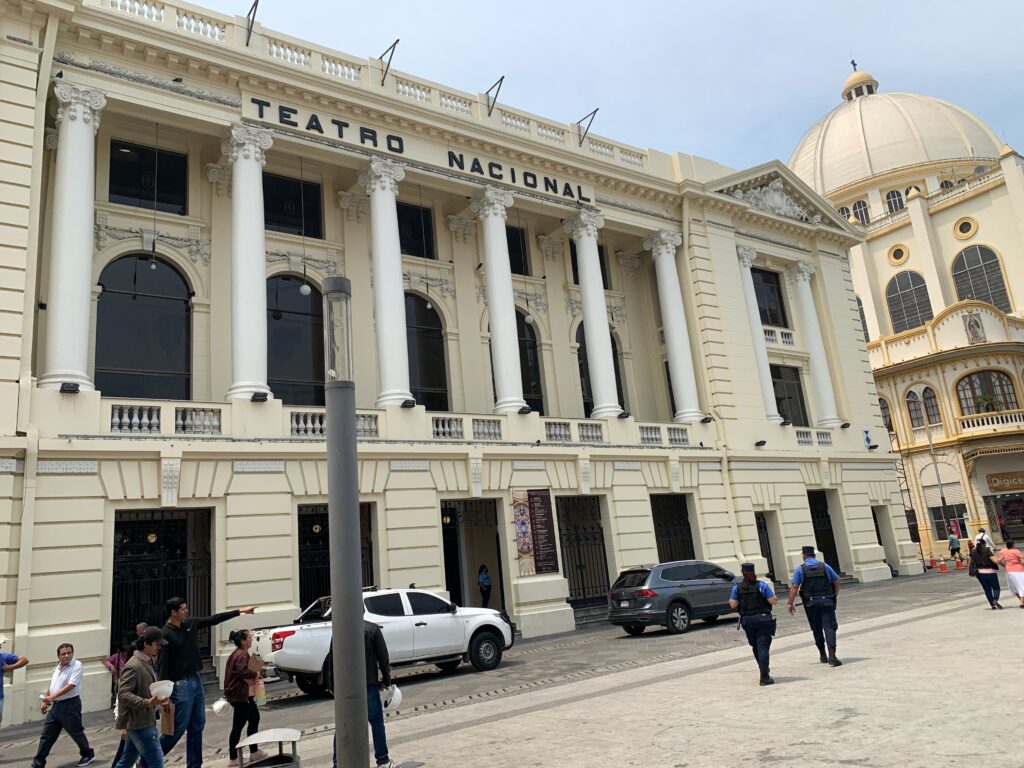
7. The National Library of El Salvador, constructed with Chinese aid, now stands on the former Francisco Gavidia National Library site, originally built in 1870. This modern facility spans seven floors and is a significant hub for knowledge, culture, and research in the country. Open 24 hours, it provides access to an extensive collection of books, archives, and digital resources.
8. Cuscatlán Park: When I first visited it, decades ago, it was neglected. After its 2018 restoration, it’s become an essential public space with open lawns, walking paths, and lush greenery. A memorial to the disappeared was added as a reminder of the Civil War victims. There’s also a dedicated kids’ play area.
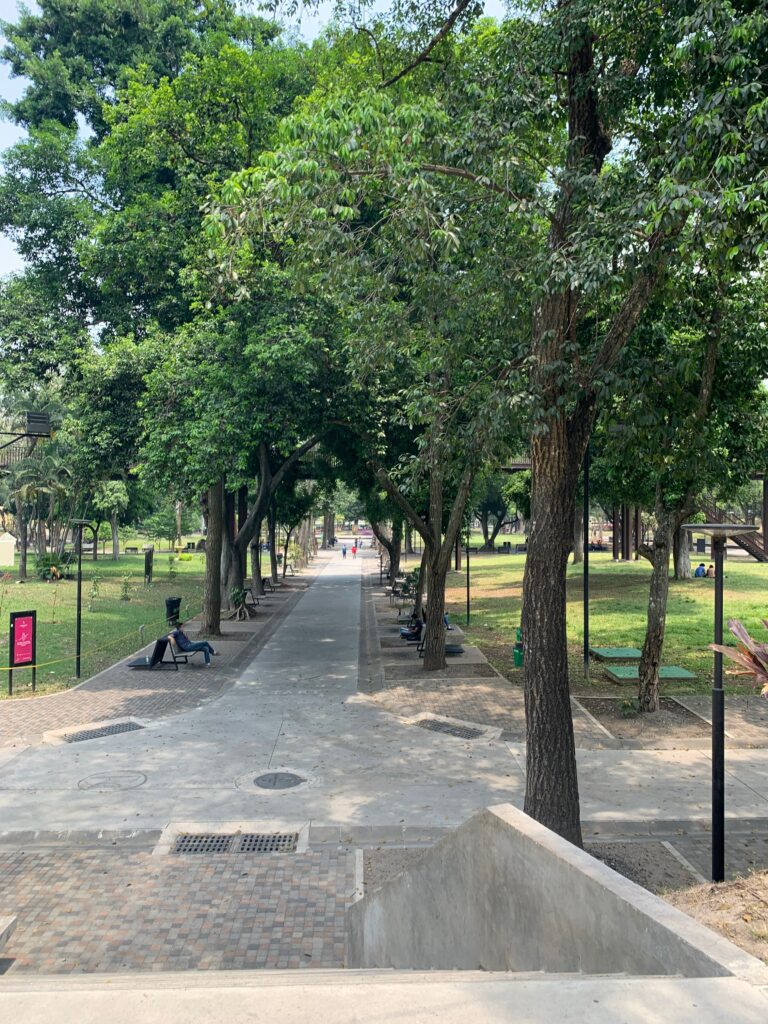
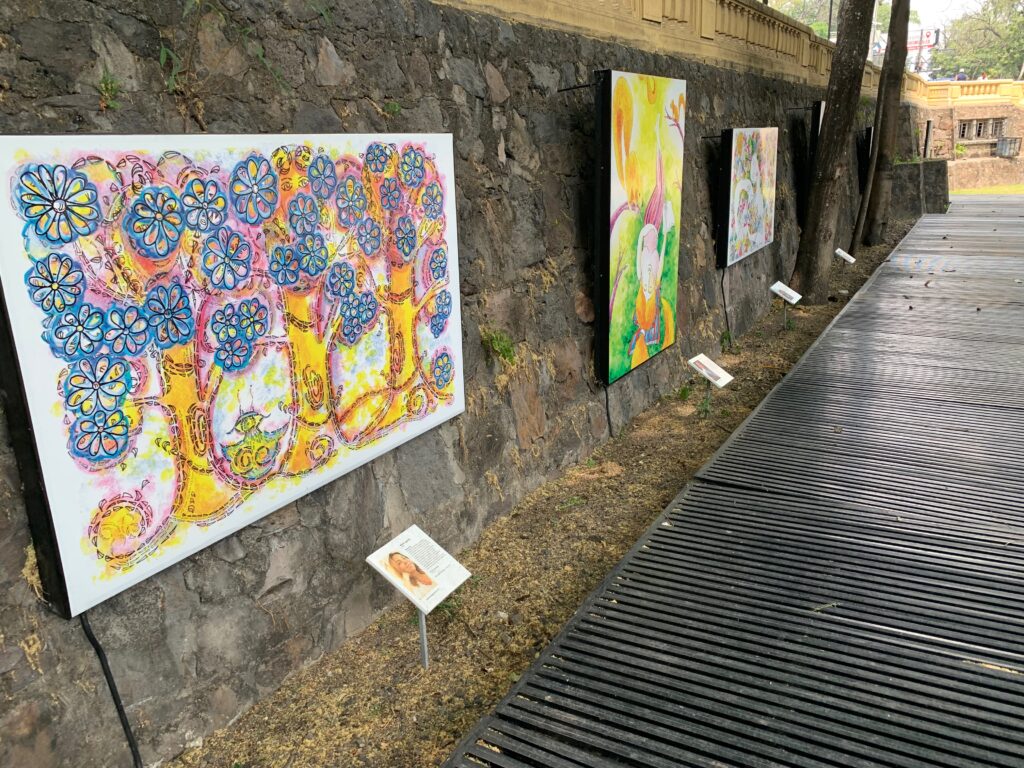
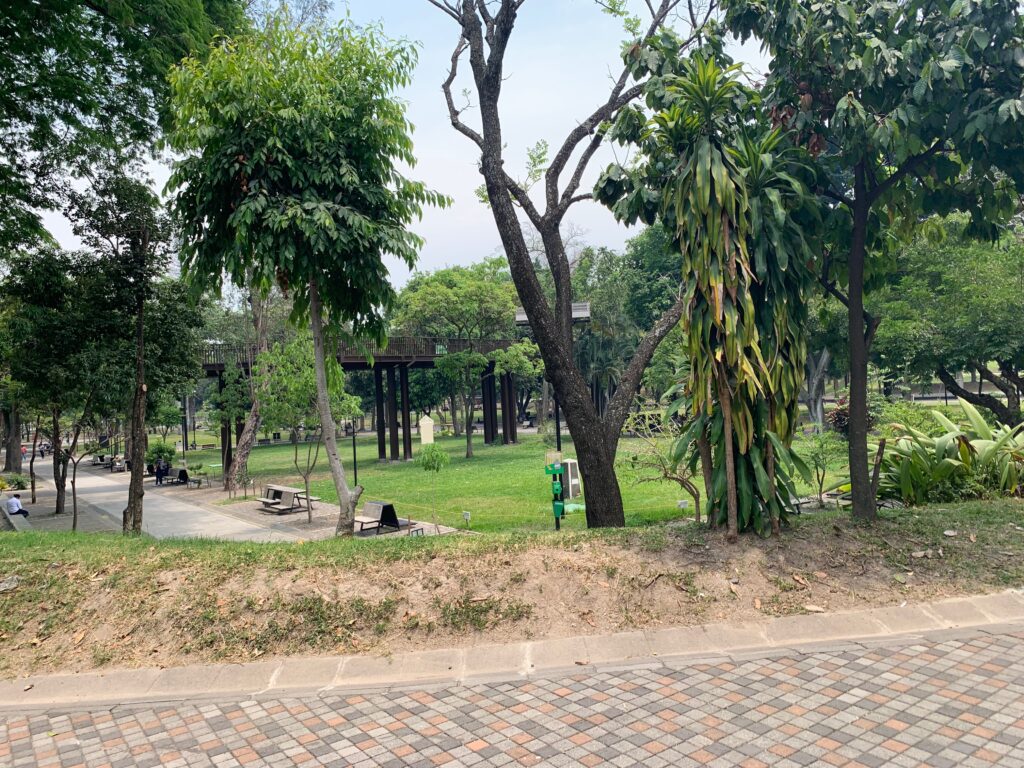
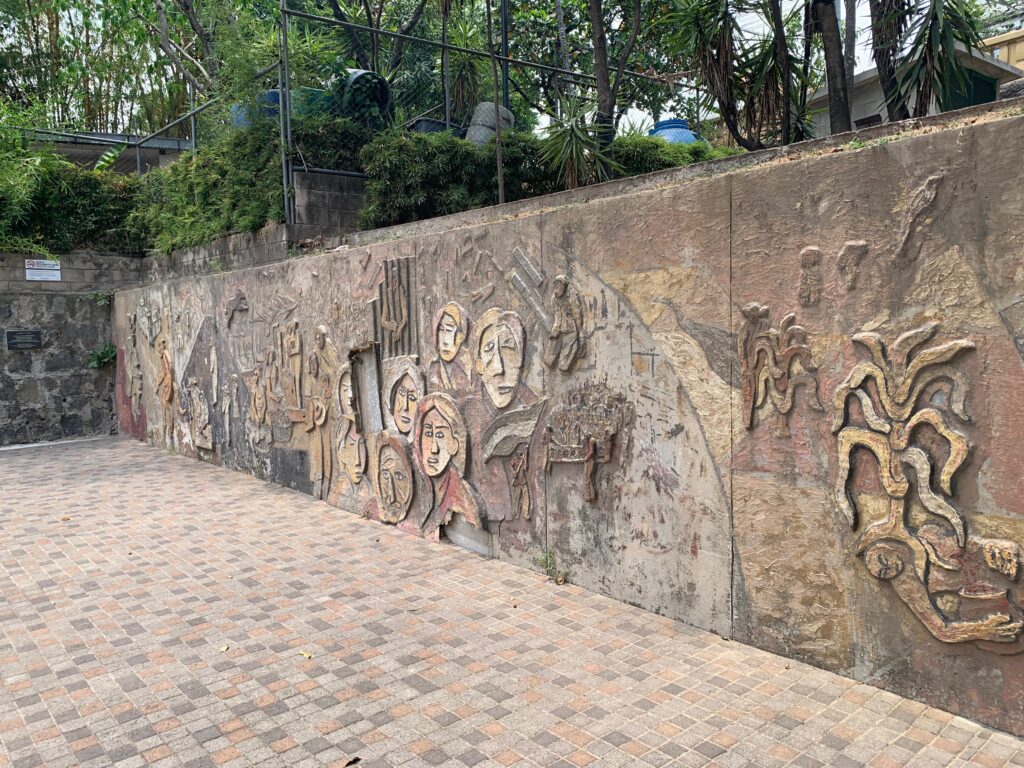
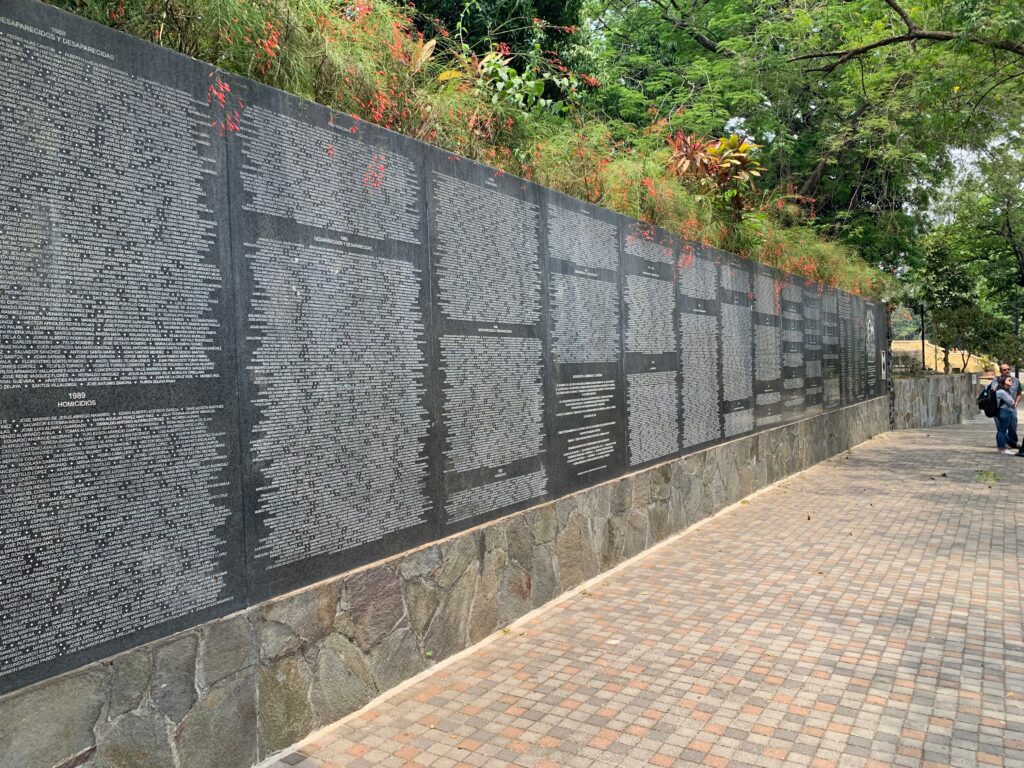
9. Centro Monseñor Romero: my steps led me back to the Centro Monseñor Romero at Universidad Centroamerica, a place I had visited thirty years ago. In this home, seven Jesuit priests were murdered along with their housekeeper and her daughter in 1989. The Centre tells the tale of those murders in a brutally direct manner. There still has been no justice for these murders.
10. I was stunned to find that this tourist Craft Market (Mercado Nacional de Artesanias) adjacent was still here. I discovered the same treasure trove of quality souvenirs, textiles, woodwork, hammocks, and ceramics made by artisans across El Salvado at good prices.
11. Archbishop Romero lived at the Divine Providence Hospital, run by Carmelite Sisters in 1966, for indigent cancer patients. In March 1980, he was assassinated at their chapel during Mass. It is now a shrine to him with a small museum containing photos, vestments, and other artefacts. It is one of the most visited sites in the city.
12 Metro Centro, which I visited shortly after it opened 30 years ago, has become a bustling, multi-floor open-air mall. It’s a great place to have a coffee and people-watch.
13 Little Prince Park (Parque El Principito) honours Antoine de Saint-Exupéry’s timeless story. Exupery’s wife, Consuelo, was an El Salvadorean writer who was thought to have inspired the book. The rose the little prince carries represents her. The park was developed as a gift to the city, aiming to provide a free public space for children and families to explore the book’s themes.
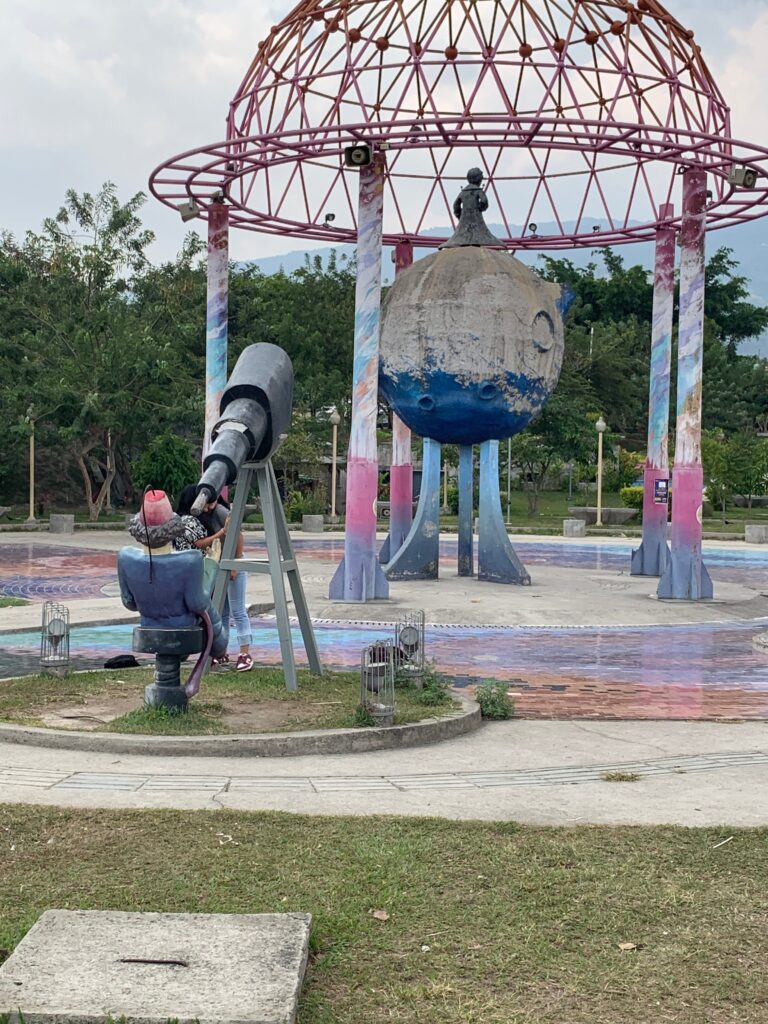
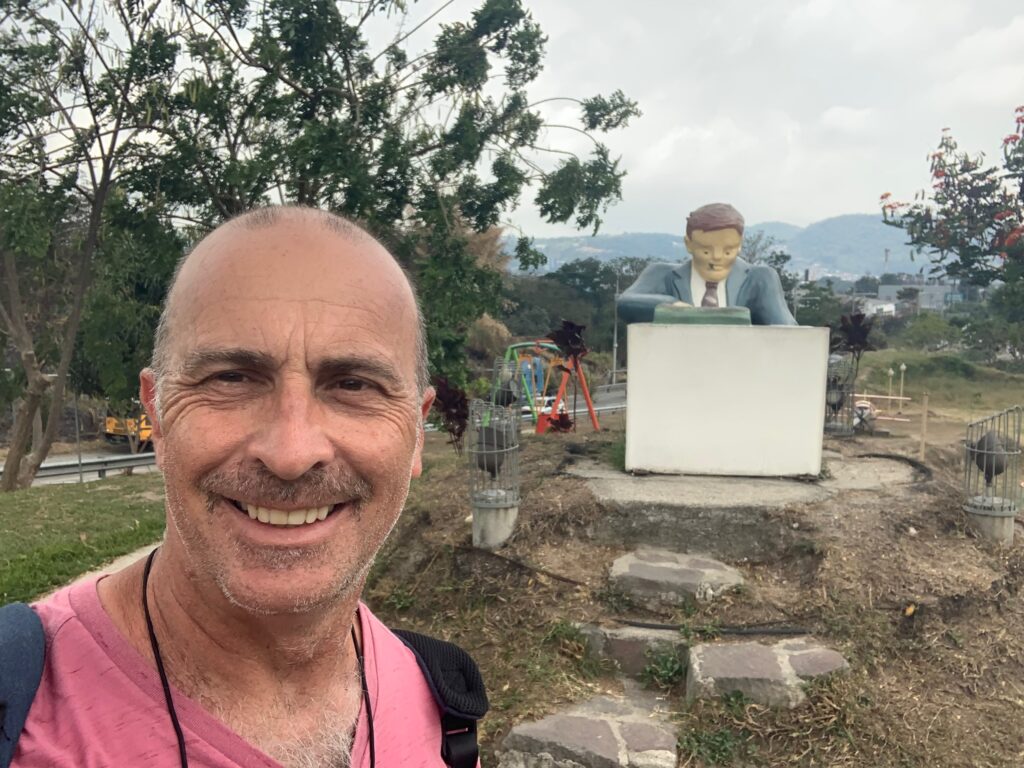
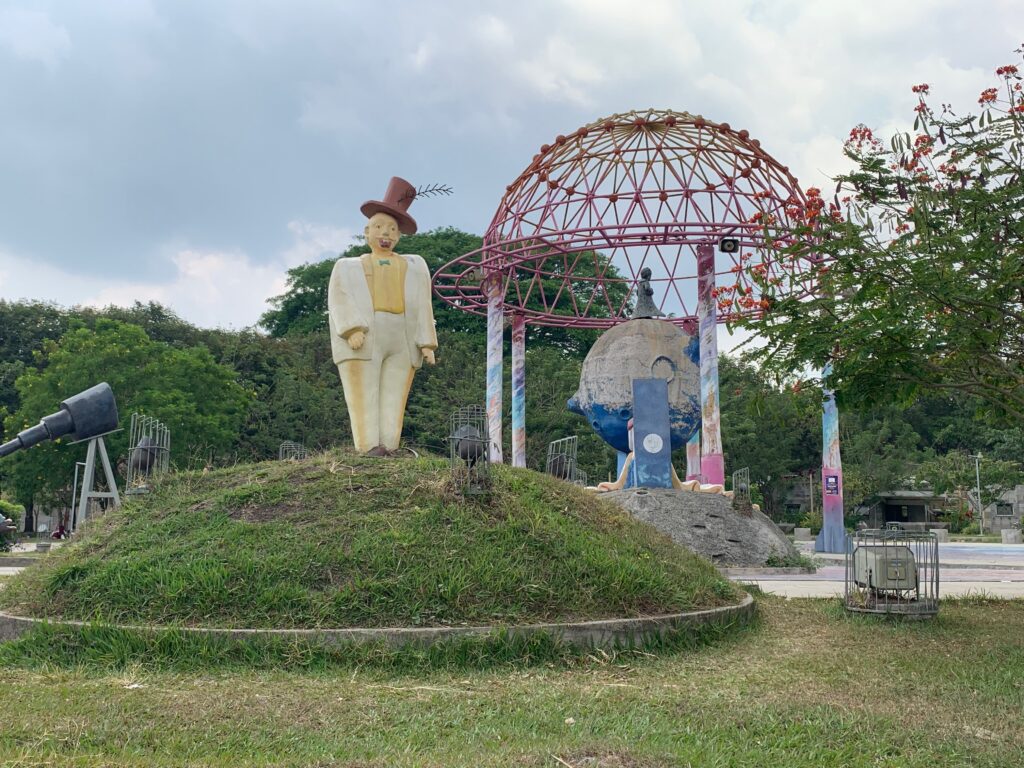
14. Joya de Ceren Archaeological Park is a pre-Hispanic farming community that, like Pompeii in Italy, was buried under an eruption of a volcano in this case the Laguna Caldera in around AD 600. It was discovered accidentally in 1976 and work began on excavating it in the late 1980s.
15 Devil’s Door – Puerta del Diablo consists of huge rocks close in a natural surrounding with great views. It is near to Balboa Park famous for its pupusas stands (see food below)
16. Museo del Ferrocarril y Parque Temático: El Salvador’s trains stopped in 2002. Today, there are efforts to build a new railway, the Pacific Line. Meanwhile, this museum, located in the Salvadoran railway company’s old administrative and public buildings, displays railway artifacts, machinery, and photos, giving visitors a history of railways. There is a train you can take a 15-minute ride on a train.
17. El Boquerón National Park – within the San Salvador Volcano, contains a network of hiking trails with panoramic views of the city below.
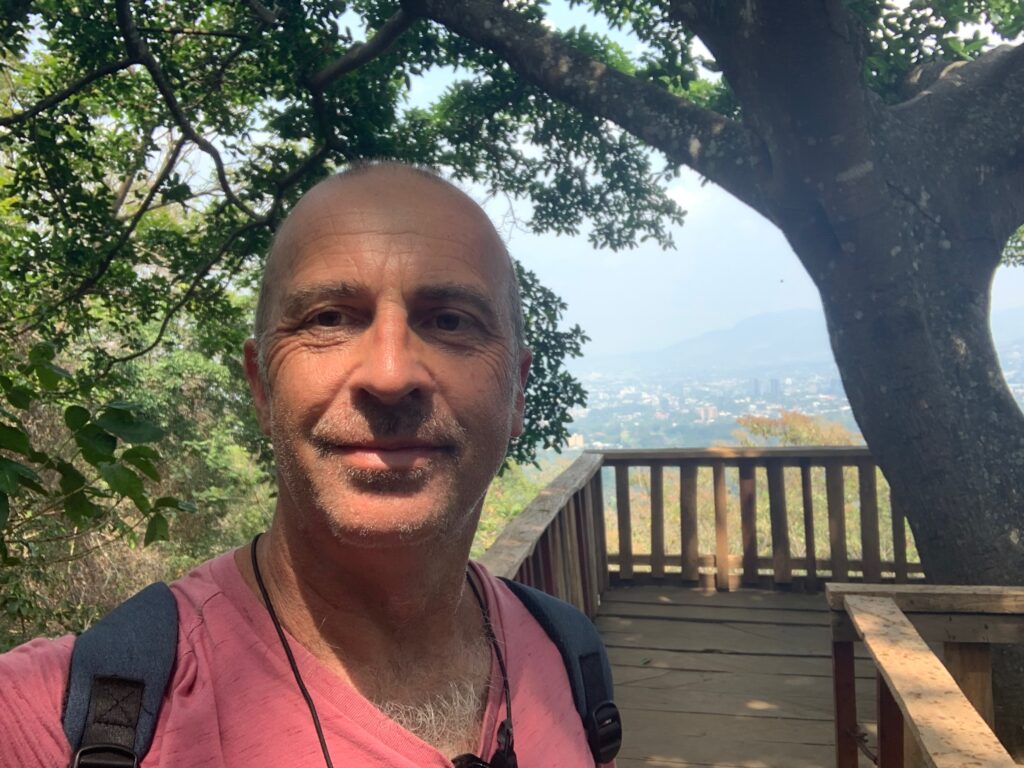
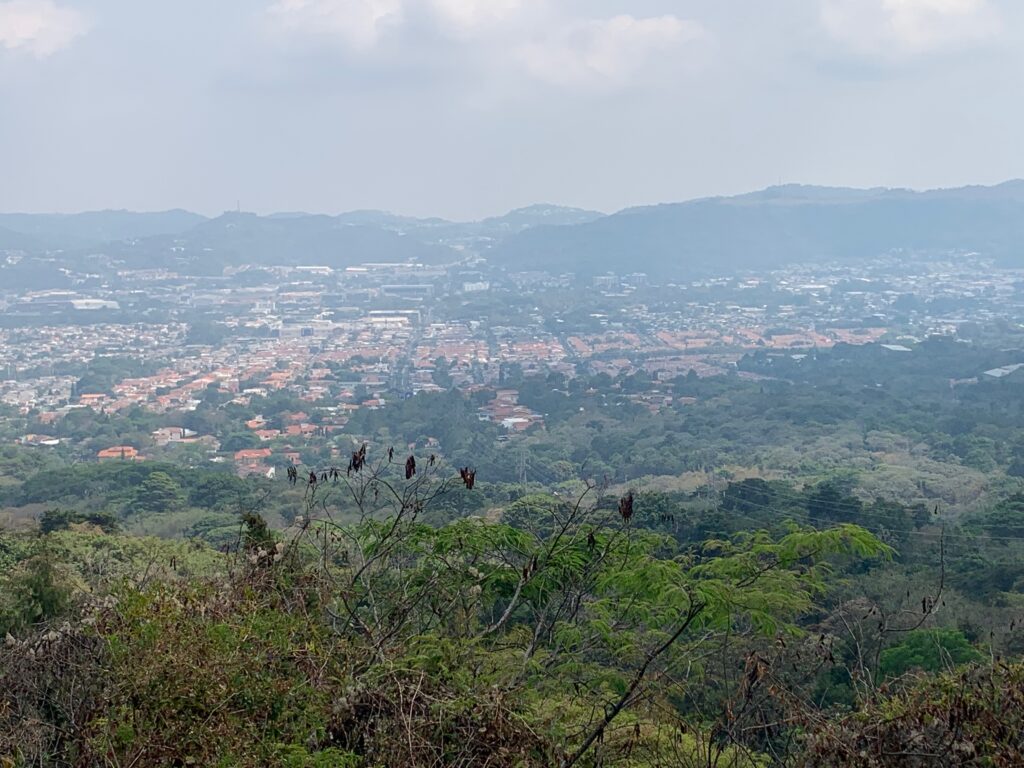
18. Monumento al Divino Salvador del Mundo (Monument to the Divine Saviour of the World) features Jesus Christ standing atop a globe. It was presented by a former president’s family in 1942 during a religious conference. A fundraising campaign rebuilt it t after it was damaged in a 1986 earthquake in front of the monument stands an Archbishop Romero statue. The surrounding plaza is a gathering point for the city including August’s annual March of Floats.
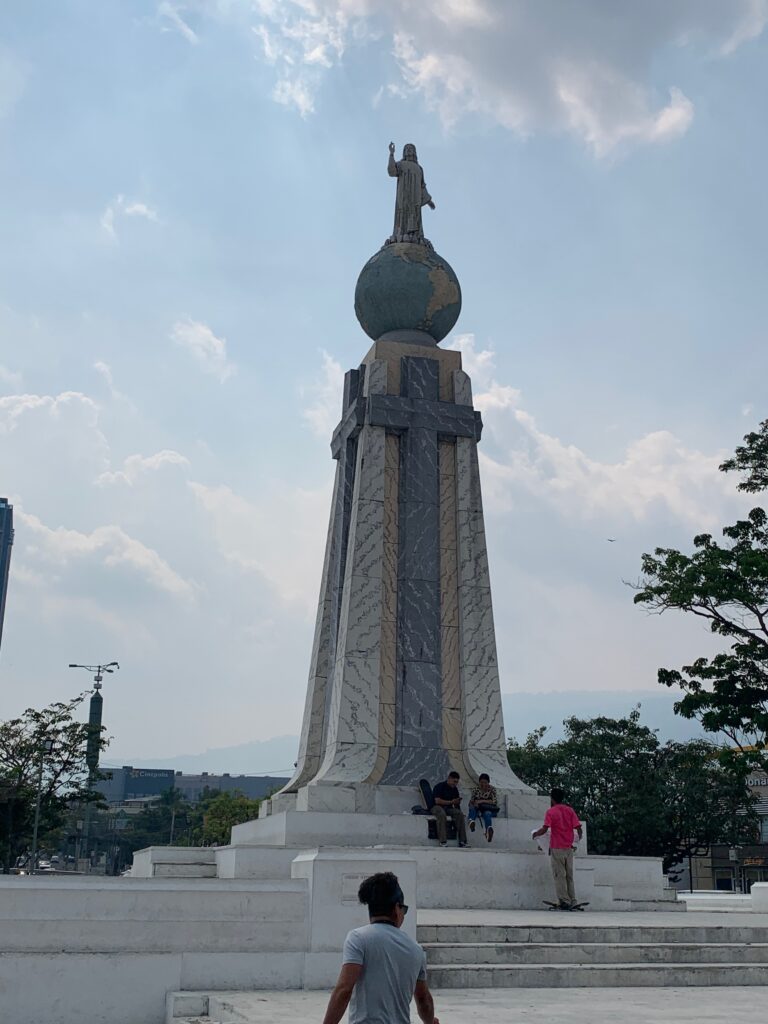
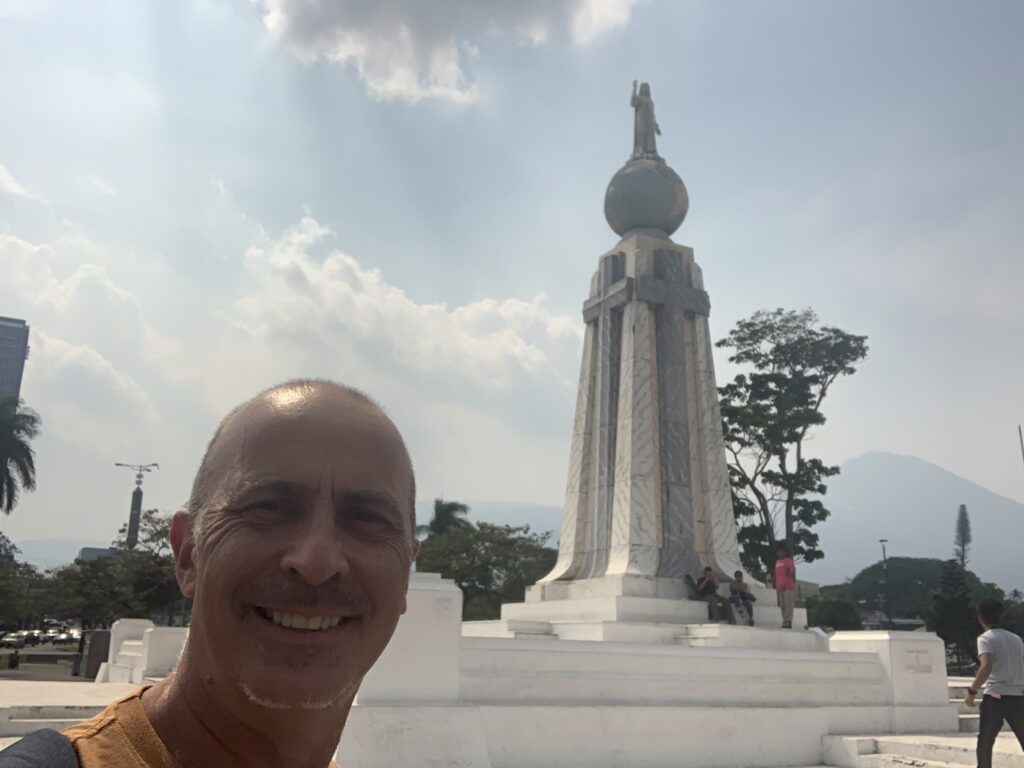
19. Santa Tecla, located outside San Salvador, offers a more relaxed alternative to the bustling capital with lively local markets and cafes and tree-lined streets.
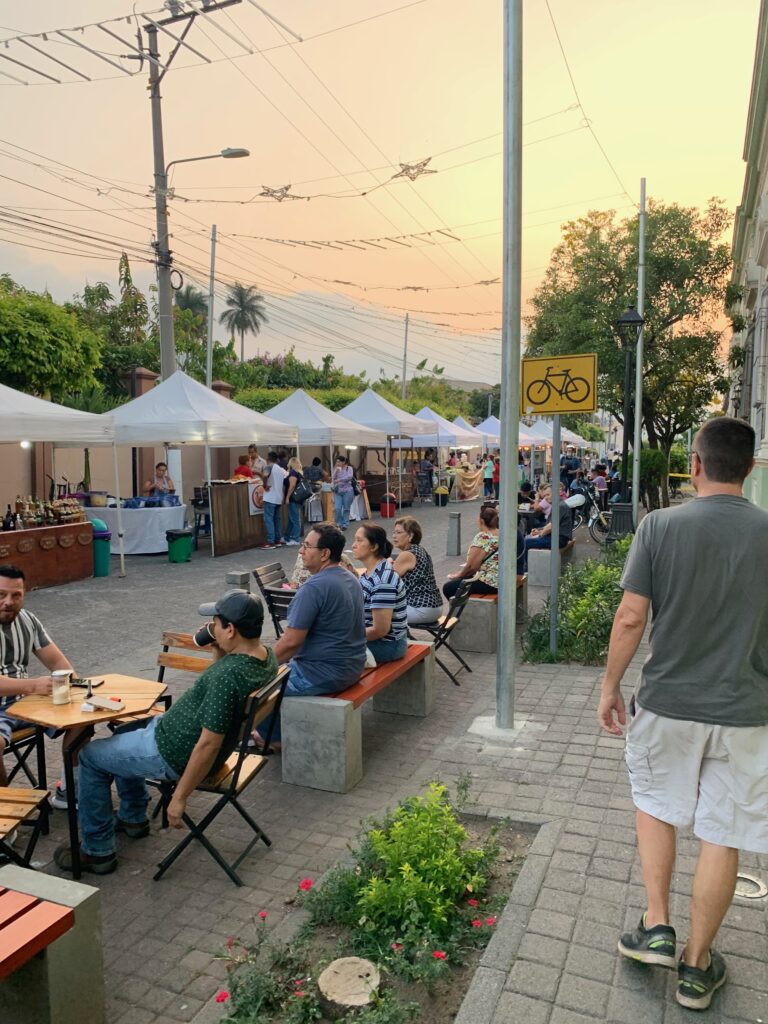
20 La Libertad Beach is a lovely escape to the golden sands and waves of the Pacific coast. It’s a great place to walk or relax in one of the lovely cafes or swim, surf, or fishing. Next to La Libertad is Playa El Sunzal, known for its surf waves, and Playa San Diego, a popular spot with a pier and a boardwalk.
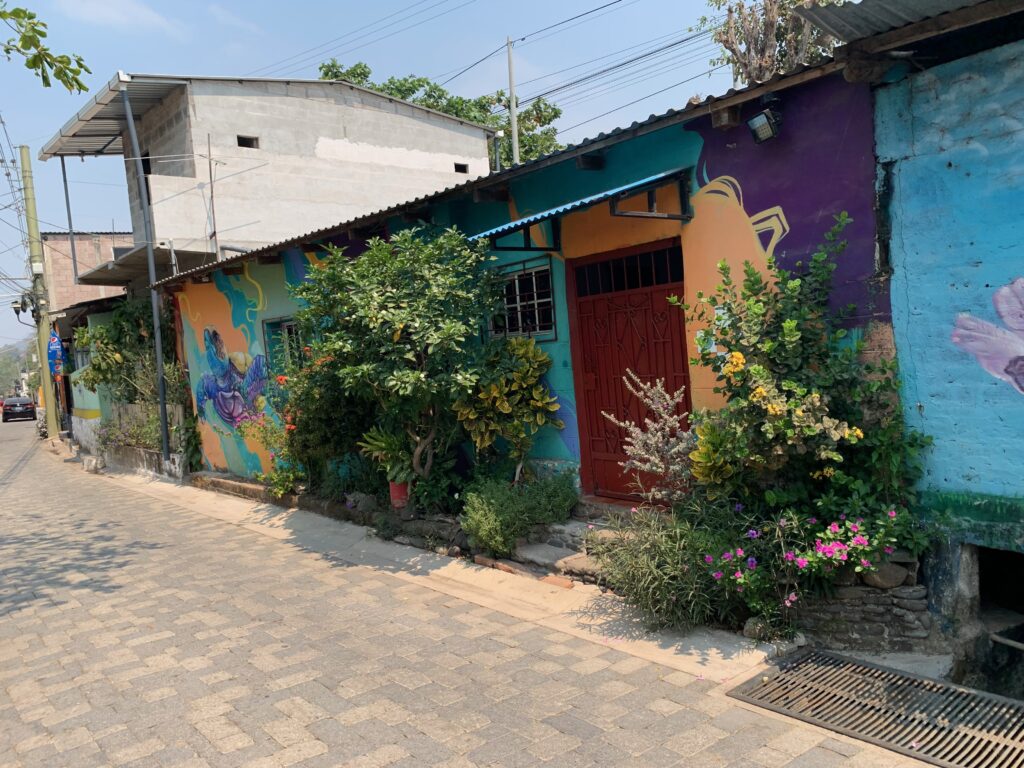
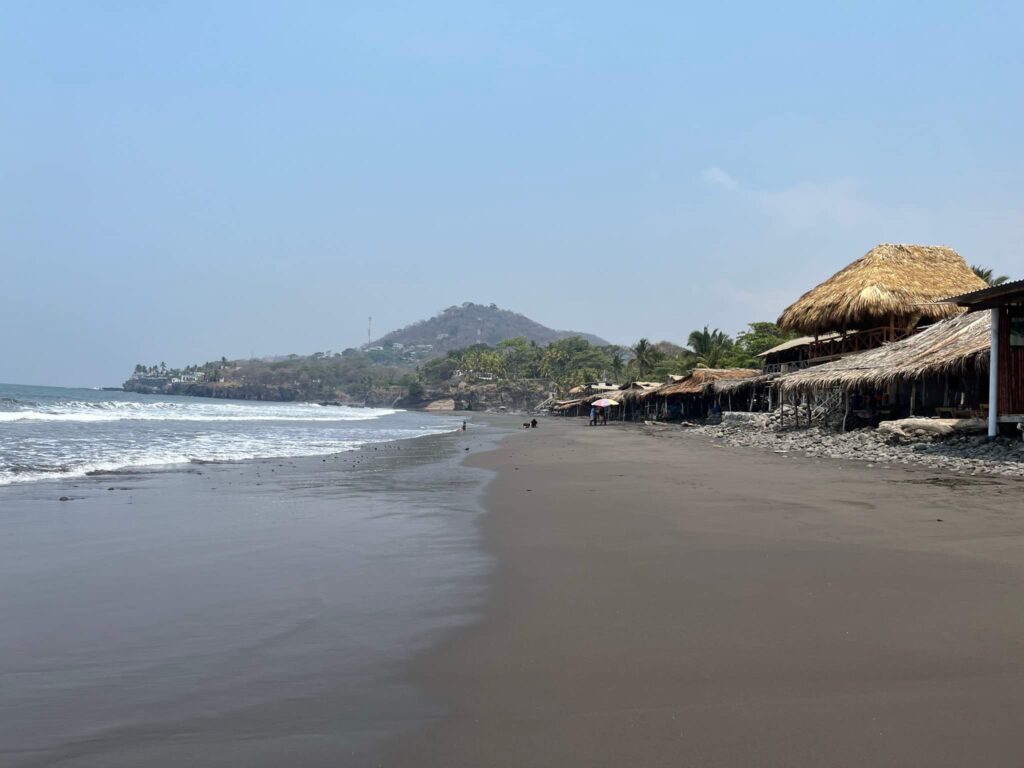
Cuisine
El Salvadoran cuisine is simple but packed with flavour, with the iconic pupusas taking centre stage. Pupusas, stuffed corn tortillas with cheese, beans, or pork, are beloved street food in San Salvador, often cooked over an open fire. They are one of my favourites paired with the national soft drink, Kola Champán. Another local treat is crispy fried yuca, served with a tangy cabbage relish).
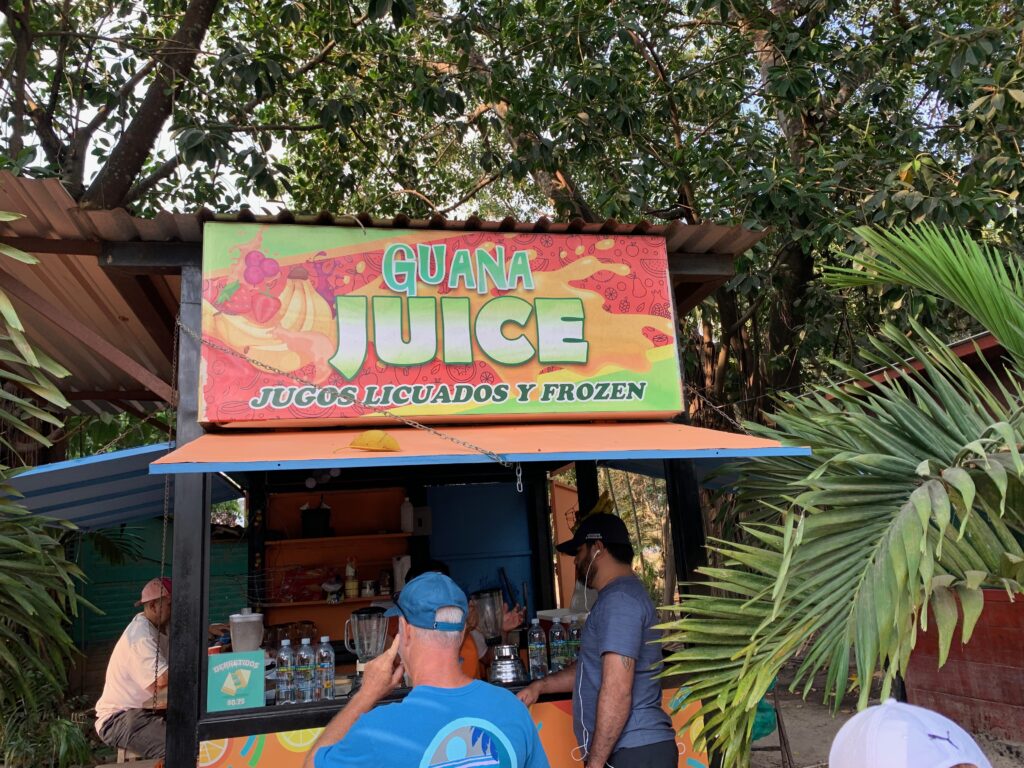
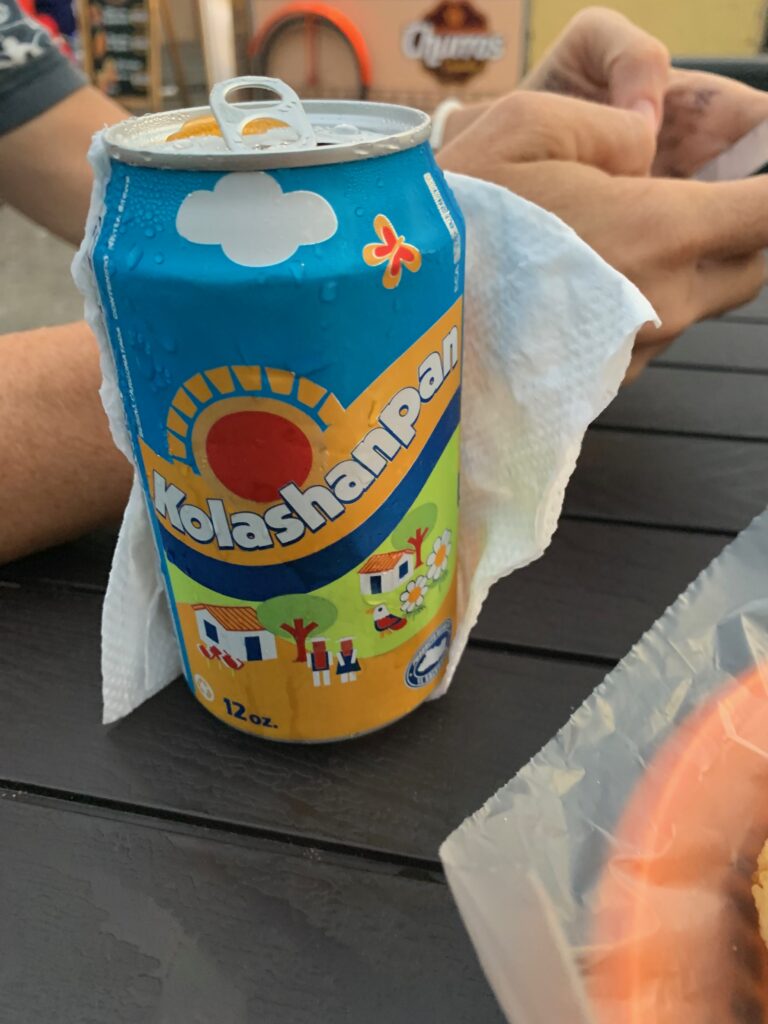
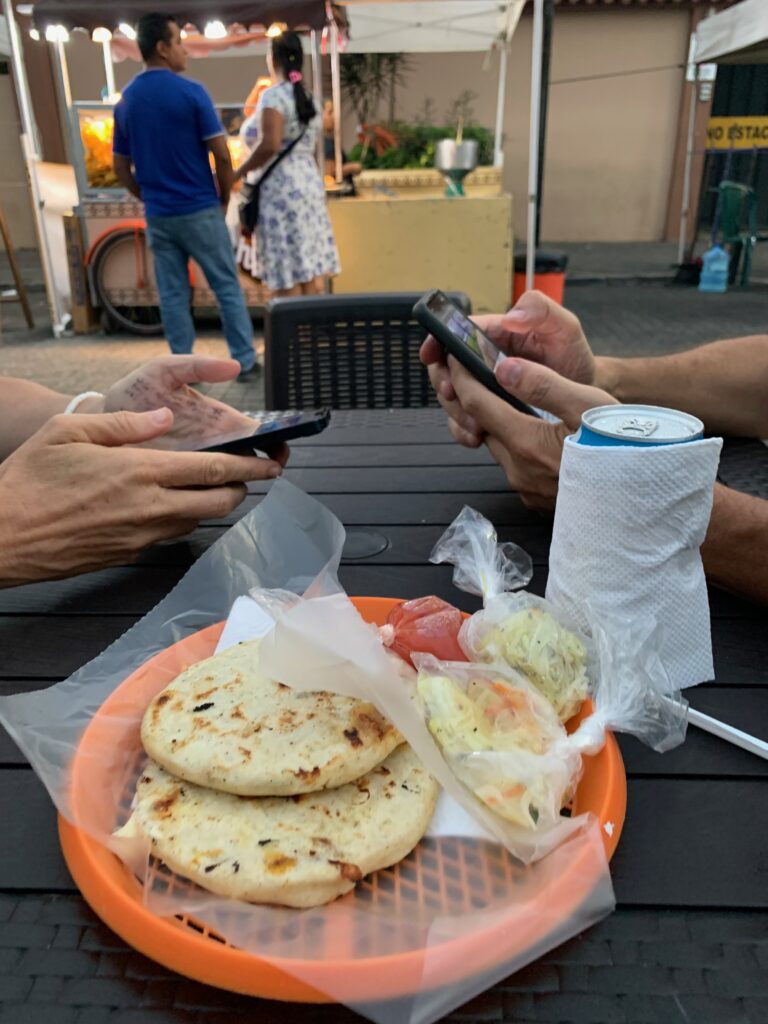
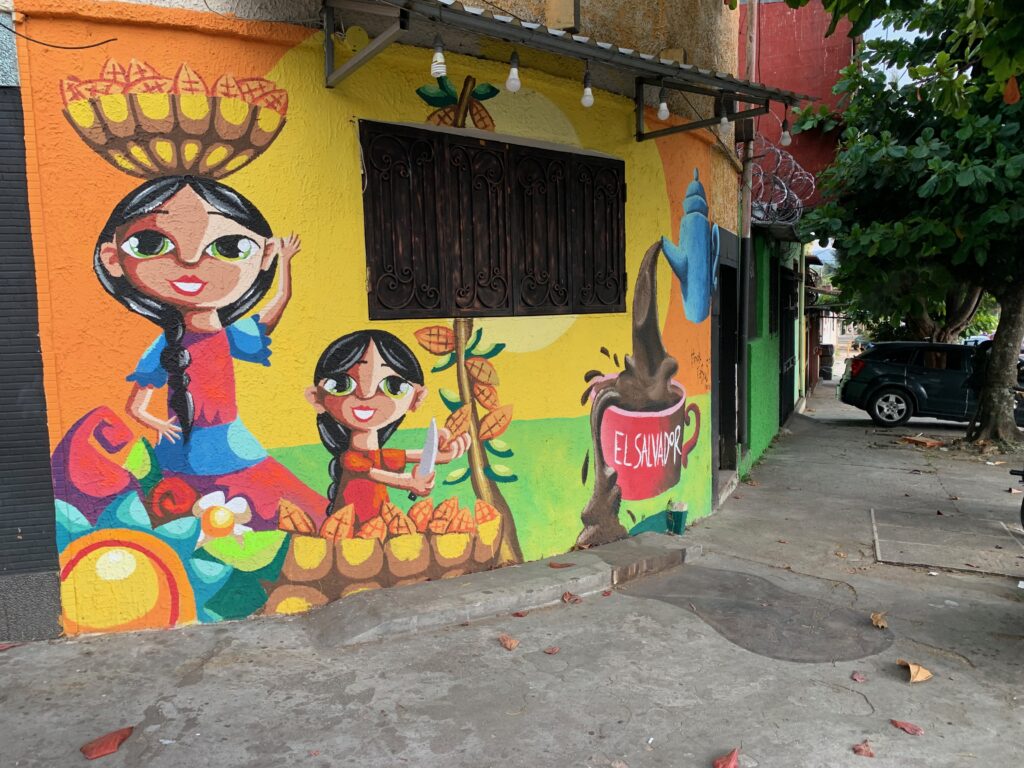
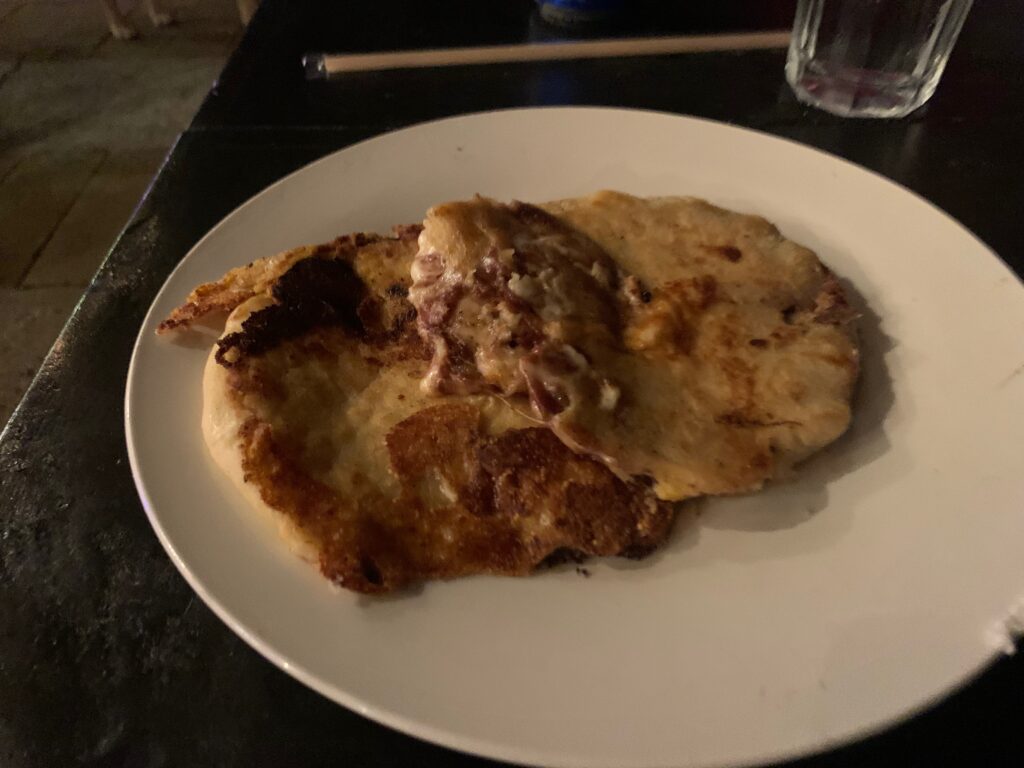
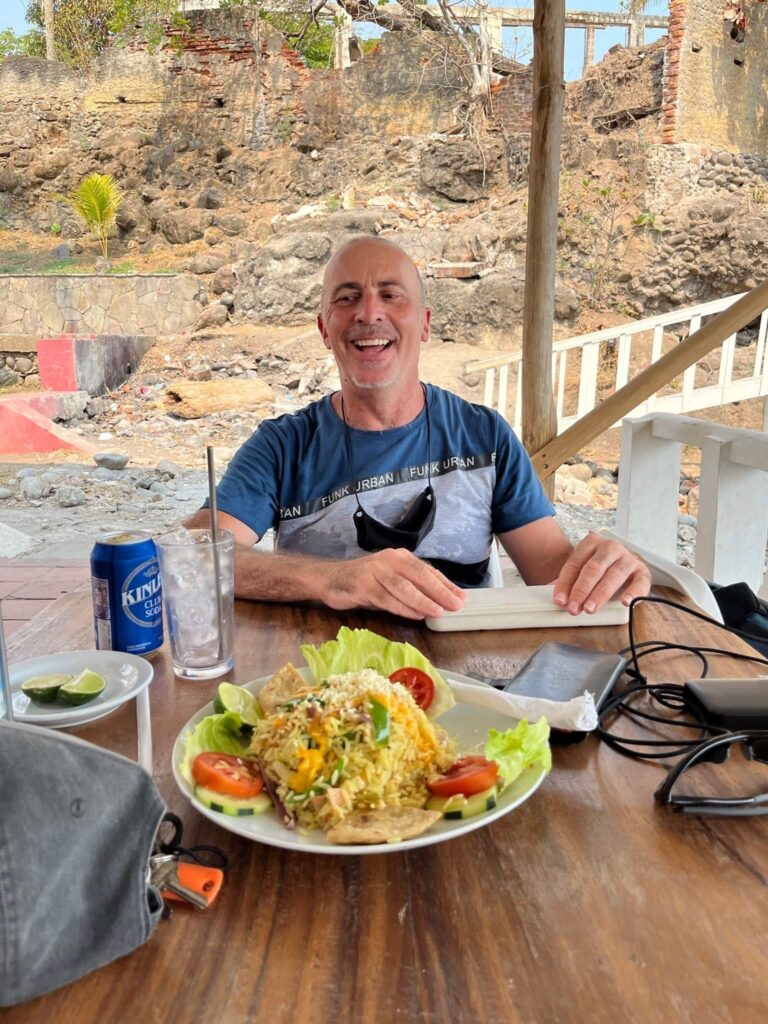
Other must-try dishes include tamales, steamed corn dough filled with meat, vegetables, or cheese and wrapped in plantain leaves, and sopa de pata, a beef tripe soup with vegetables. Empanadas de frijoles, fried turnovers filled with mashed beans, are a popular snack. Ceviche, a refreshing dish made with fresh fish, shrimp, or other seafood marinated in lime juice with onions, cilantro, and tomatoes, is also a staple.
Locals typically take guests to Pollo Campero, a popular fast-food chain that competes with international brands. For dessert, Boston, formerly known as Pops, is renowned for its delicious ice cream. Recently, modern restaurants have been putting fresh twists on traditional Salvadoran dishes, incorporating new flavours and ingredients.
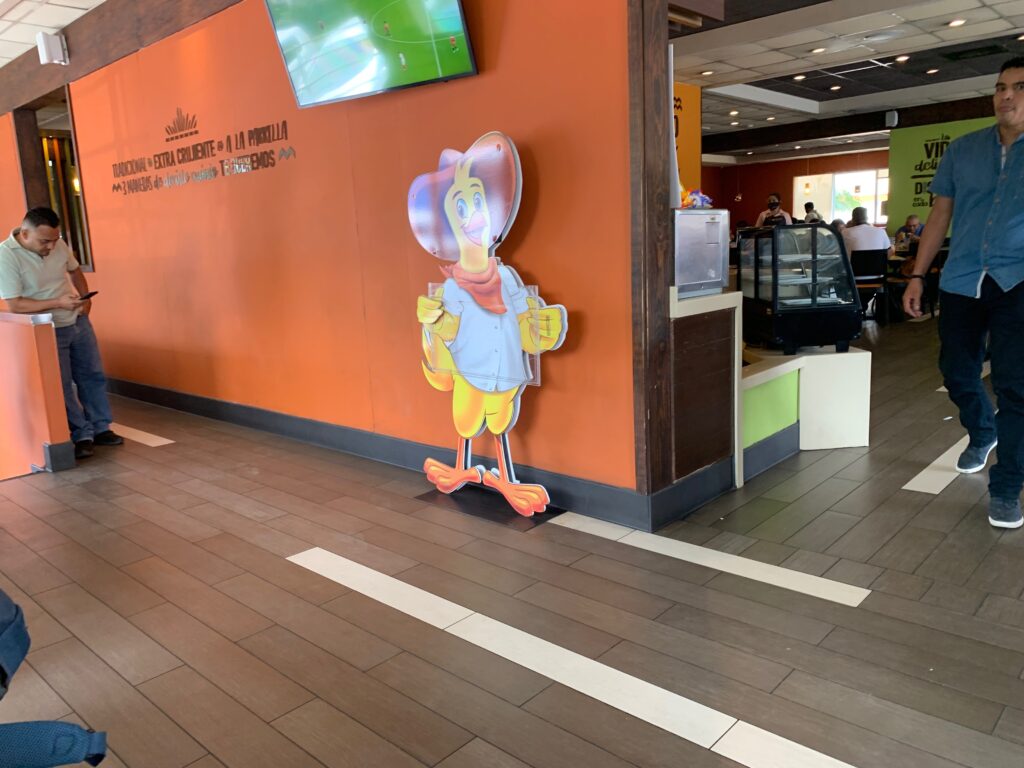
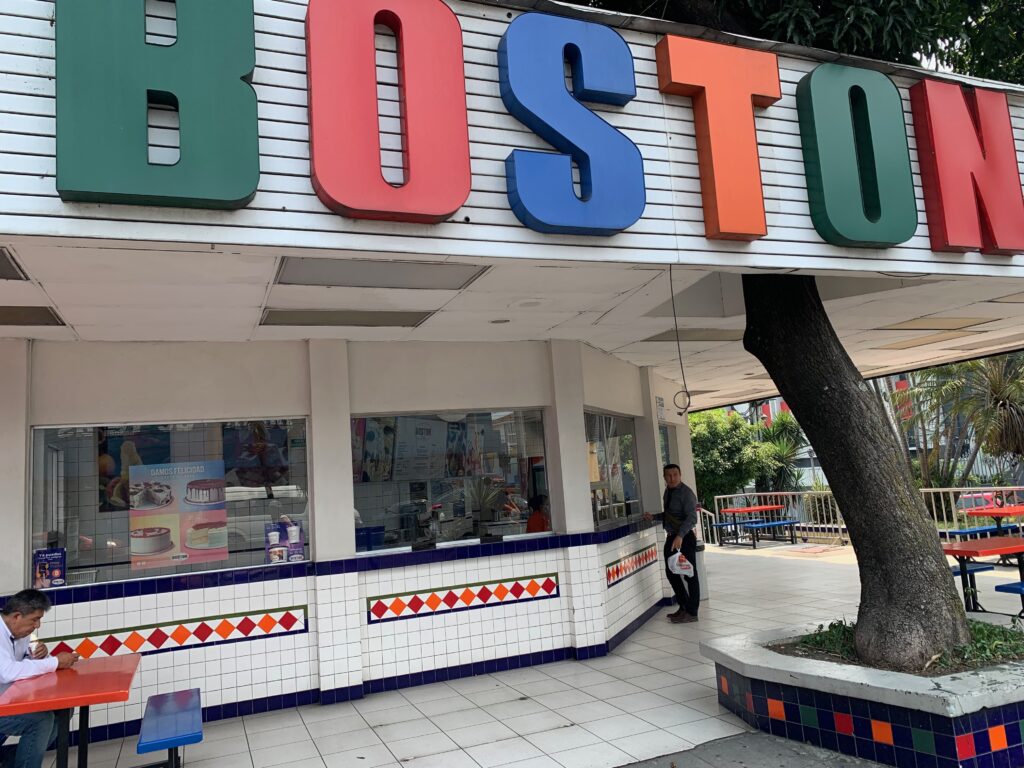
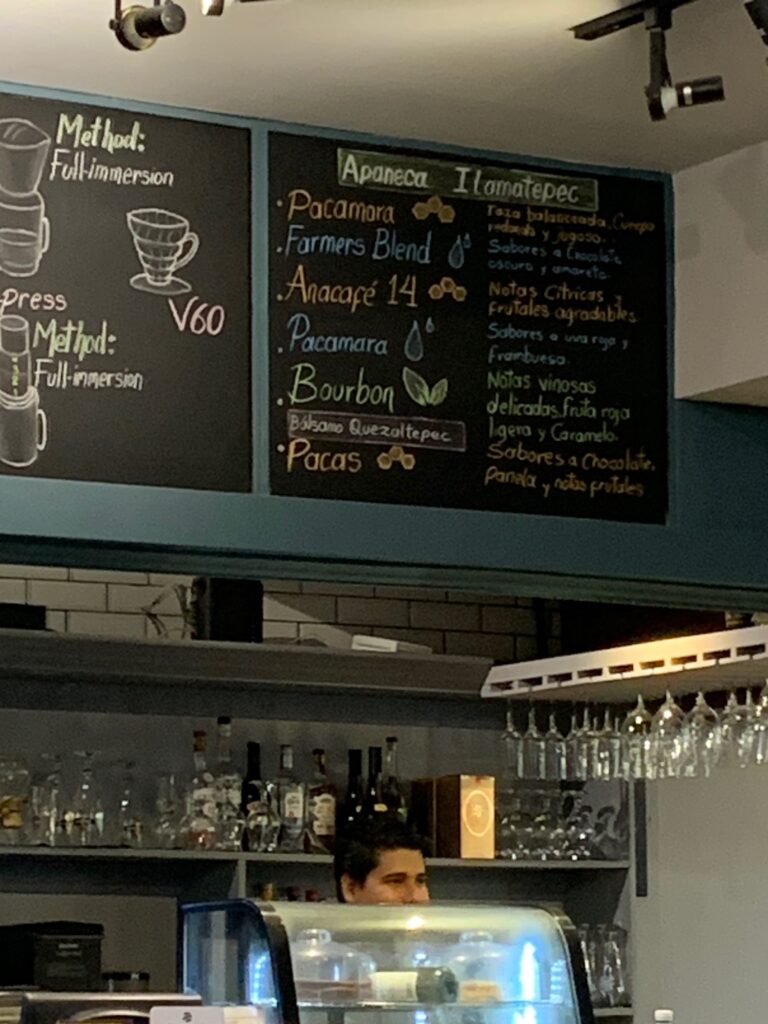

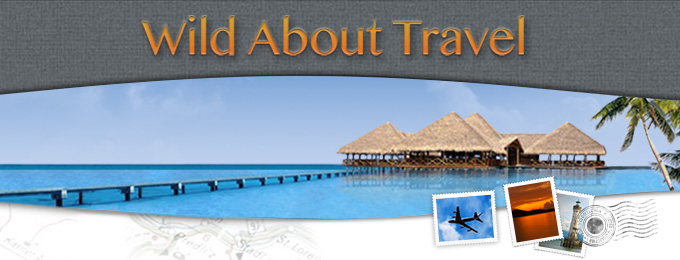
I’ll stick with San Salvador Bahamas.
@ Carl FLA – I’m sure tourists like you are not missed or needed in El Salvador.
@ RMChamoin – I have no idea how the comment I made would get you so riled up. What is a “traveler like me”? I quess you can gleen a lot from a few words. Or is it you rush to judgement because I’ve lived in Florida for a year?
@ Carl FLA – I’m not sure how you jumped to the conclusion that I was “riled up” or that I have any knowledge of where you’ve lived. My comment was simply a response to an unnecessary and irrelevant jab. But sure, go ahead and read into it however you like.
Negatives: Ongoing issues with crime……. one of the safest country in the world….do you know what are you talking about???
@ RMChamoin – I’m not sure what the jab was, or why they wouldn’t want me to visit based on the perceived jab. San Salvador Bahamas has great SCUBA diving. The island was even nicer before the Club Med changed things. We are allowed to have a preference on travel. I remember when I told people I was going to San Salvador some people were concerned when they thought I was going to El Salvador. (more violent times then 30 years ago or so). I thought you might have been able to figure was from Florida based on the FLA in the name and many make assumptions based on that.